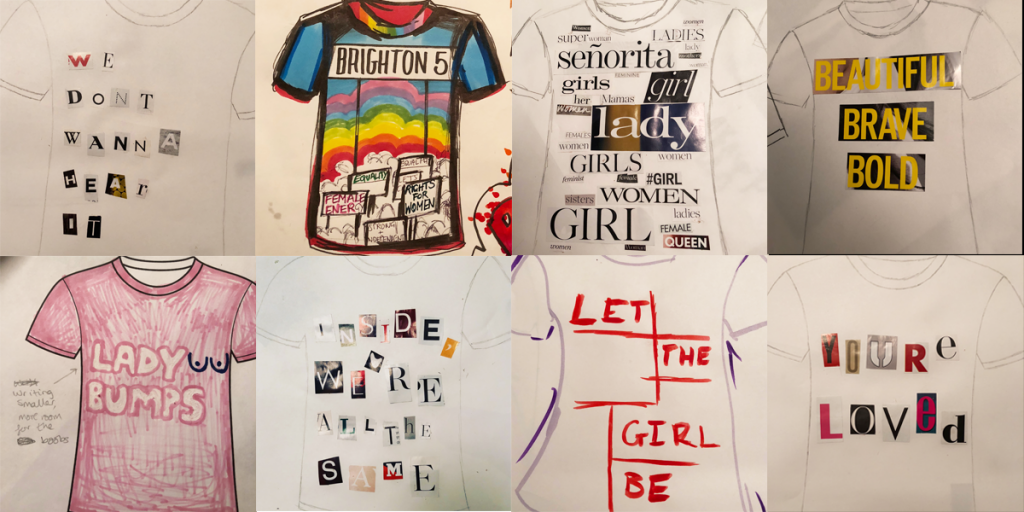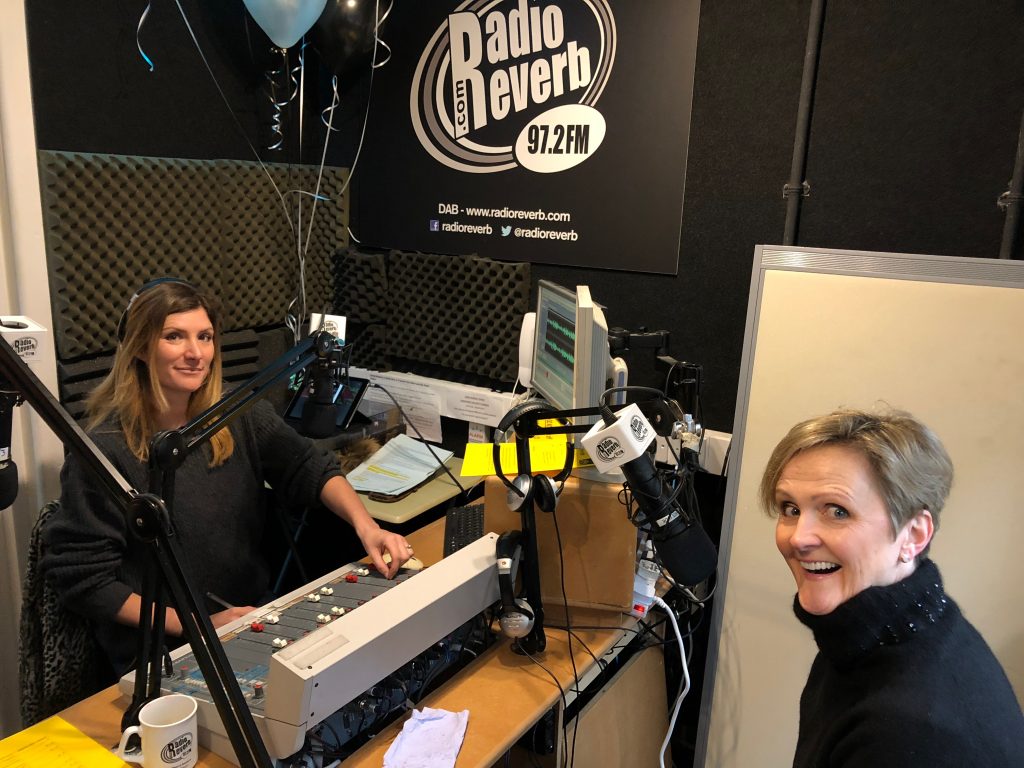 Everyday I find stories that involve teenagers, device addiction and mental health. They are all over the press, as rates of depression and self-harm soar in youngsters.
Everyday I find stories that involve teenagers, device addiction and mental health. They are all over the press, as rates of depression and self-harm soar in youngsters.
One article that caught my eye, by Tech journalist Moya Sarner was about Belinda Parmar – who “was a passionate advocate of the digital revolution – but has started keeping her family’s smartphones and laptops locked away to protect her loved ones”
I then had a very interesting discussion with my 17 year old daughter about confiscating devices. She said “if the kid is trusted with the device it shouldn’t be confiscated.” And there lies the problem. It is not necessarily our kids we don’t trust but the social media giants who have deliberately created addictive platforms and the unregulated content that is published on them. Try explaining that to my 13 year old. Do I trust her to discern which content is suitable for her? I am afraid not.
To quote the article – “These experts agree that abstinence is not the way forward: instead, we need to build what they call digital resilience, and learn to use technology in a measured, controlled way.”
One of the five core pillars of Brighton5 is to teach our kids fearless enquiry. To teach them how to discern, to question, and to ultimately understand the ramifications of their digital activities. This should be done in ways they can relate to – younger teens are heavily influenced by older teens, so Brighton5 aims to empower teens to change their behavior for the better, by helping them help themselves.
 On 8 March we celebrated International Women’s Day – which marks one year since the idea for Brighton5 came about! – by inviting our teens to create slogans and T-shirt designs for our project.
On 8 March we celebrated International Women’s Day – which marks one year since the idea for Brighton5 came about! – by inviting our teens to create slogans and T-shirt designs for our project.
 Everyday I find stories that involve teenagers, device addiction and mental health. They are all over the press, as rates of depression and self-harm soar in youngsters.
Everyday I find stories that involve teenagers, device addiction and mental health. They are all over the press, as rates of depression and self-harm soar in youngsters.